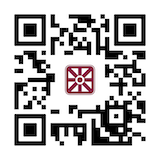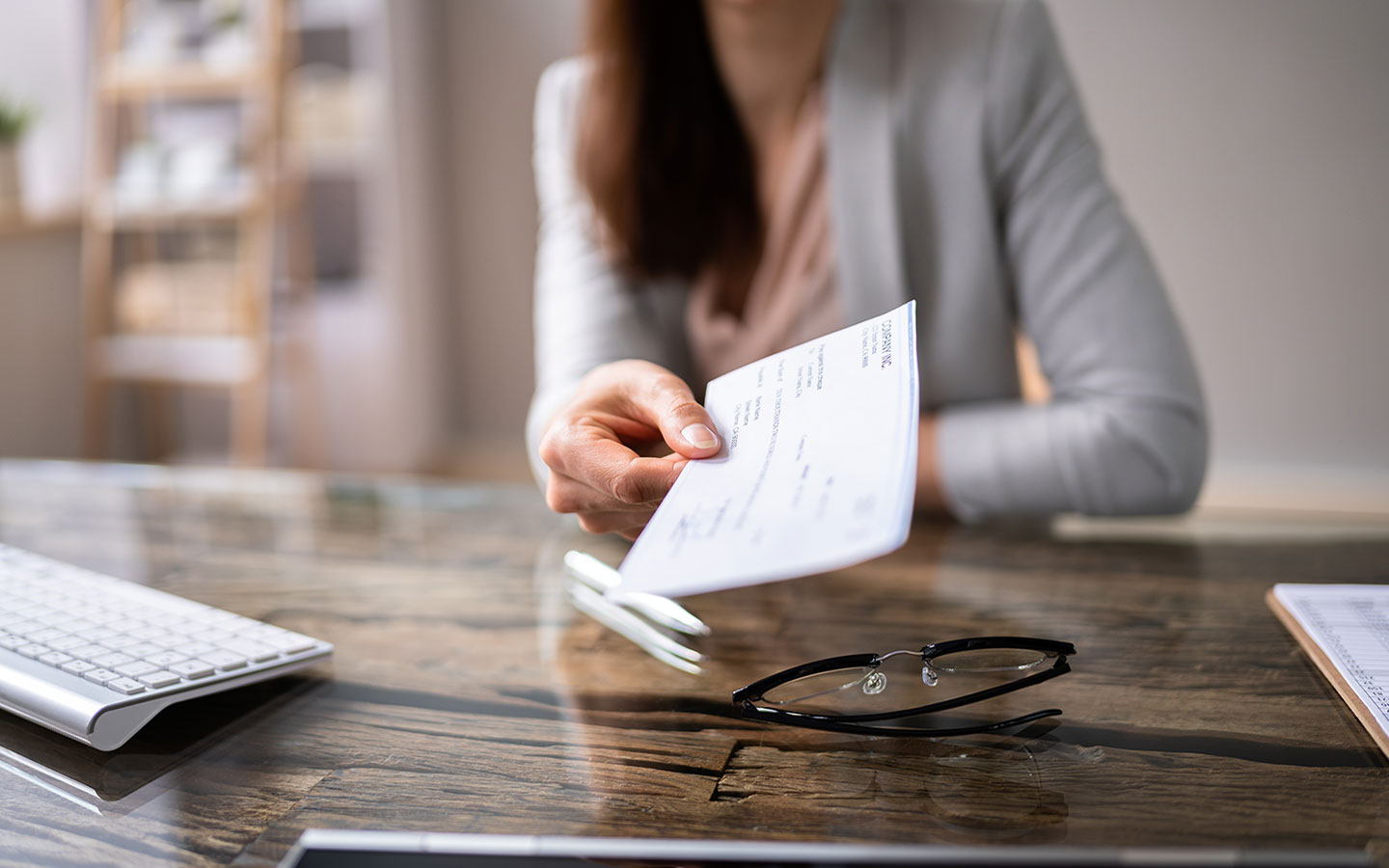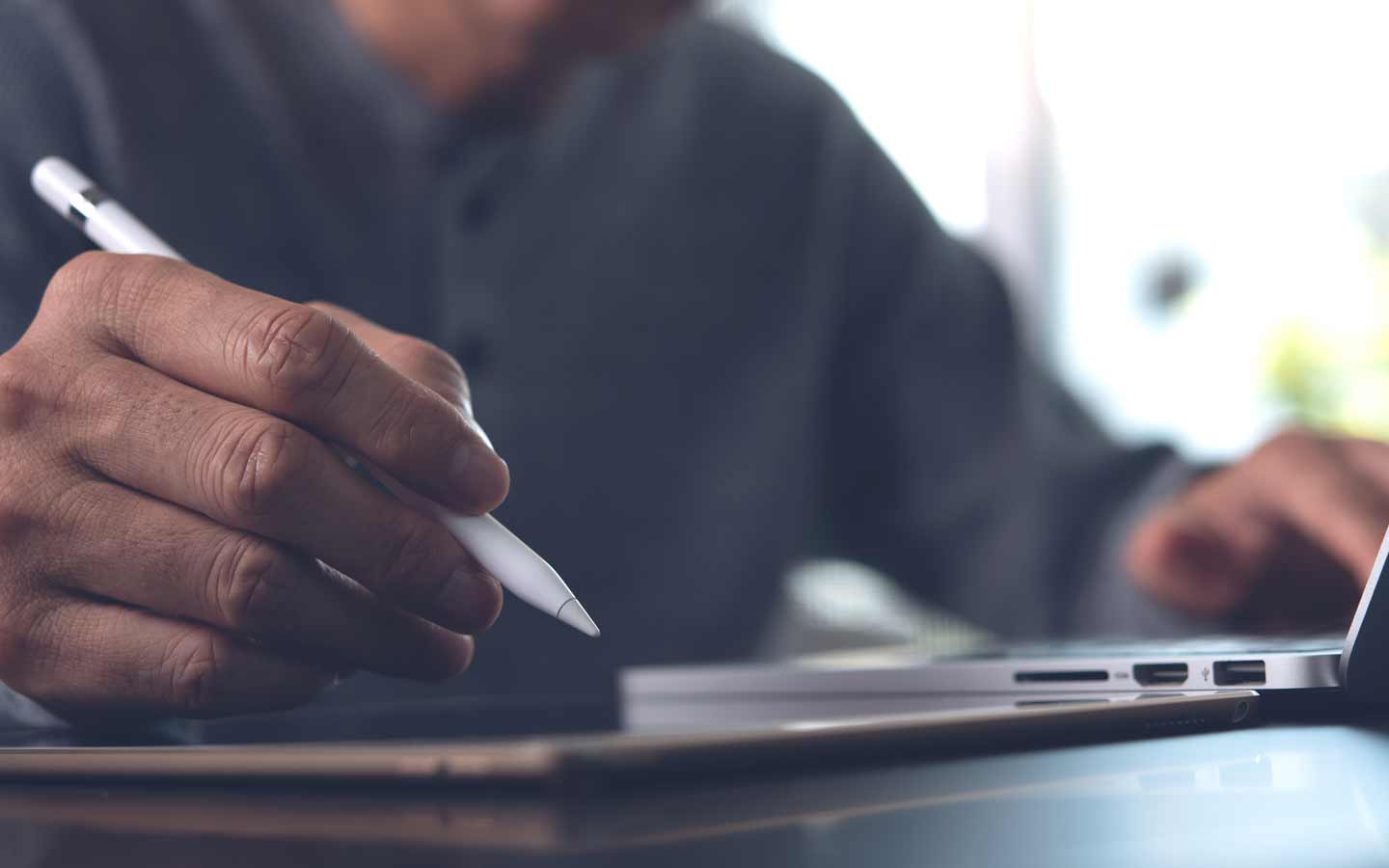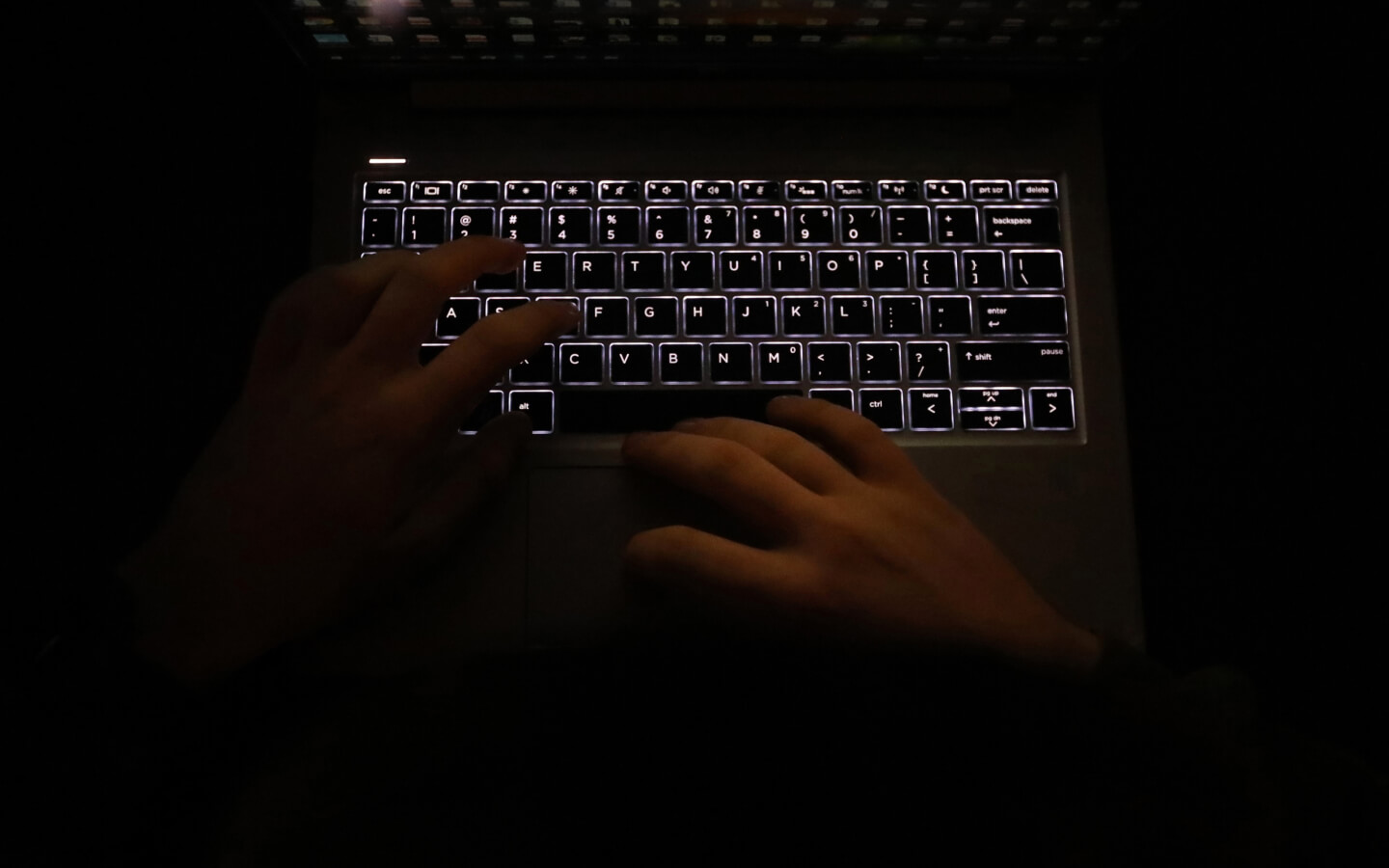Mail theft isn’t a new crime.
But in 2025, it’s making a troubling resurgence. Check washing is one of the oldest financial crimes but has reemerged with a modern update. Advanced chemicals and high-quality printers now mean that fraudsters can fool even the more experienced banking staff.
For business owners, this is a concerning trend. Whether you’re a brick-and-mortar business owner, a landlord collecting rental checks, or even individuals who regularly receive or send payments in the mail. In today’s digital landscape, it may come as a surprise that paper checks are still at risk, but that’s exactly why thieves are taking advantage of them in 2025.
What is Check Washing and How Does It Work?
Check washing is a process where a legitimate check is altered for fraudulent use. Criminals will typically steal checks directly from a mailbox or postal drop box, before using common household chemicals like acetone, bleach or nail polish remover to carefully erase handwritten portions of the check, while still leaving the pre-printed elements intact.
From there, the check may appear blank in key areas like the amount or payee, which can then be manipulated by the fraudster. They’ll often rewrite this information to inflate the amount by hundreds or thousands of dollars and make the check payable to themselves. With access to high-resolution scanners and printers, these checks can be replicated numerous times.
Traditional safeguards such as signing a check with a ballpoint pen or relying on the human eye to spot forgeries is no longer enough. Altered checks now look virtually identical to legitimate ones, putting individuals and business owners at risk.
Why is Check Washing on the Rise in 2025?
There are several reasons for the rise of mail theft fraud in 2025. Firstly, mail theft has increased in both rural and urban areas, with criminals targeting community mailboxes and apartment complexes now more than ever before. Technological advancements when it comes to chemical solutions and desktop printing have also meant that what once required specialist knowledge for committing check fraud is now easily accessible.
Despite the growth of online banking, the volume of mailed checks remains high. Particularly in the aftermath of the Covid19 pandemic, people have once again become comfortable mailing checks for rent, business invoices, or personal payments. And criminals are taking full advantage of this.
Businesses that have predictable payment cycles also experience this issue. Criminals know when payments are being mailed so they take the opportunity to intercept these before they can even reach their intended recipient.
How to Protect Yourself and Your Business
The good news in all of this is that there are plenty of practical steps you can take to prevent check fraud before it happens.
Ensure that your mail is as secure as possible. Use a locked mailbox for incoming checks and enroll in USPS Informed Delivery so that you can see digital previews of your mail and spot any missing items more easily. You should also collect your mail daily and avoid leaving any outgoing checks in unmonitored mailboxes, instead mailing these at a post office drop box.
If you need to handle checks for your business, store any blank checks in a locked cabinet or safe. Write all checks with a gel or indelible blank ink pen, as this is more resistant to chemical washing. You should also regularly review account activity on your business account to ensure that any fraudulent activity is caught early.
Fraud detection is really the best approach for protecting yourself and your business. Reconcile your accounts as quickly as possible, ideally daily for businesses and weekly for individuals. If you see anything suspicious, immediately flag this with your bank.
At First Bank, we offer advanced fraud protection and monitoring services designed to strengthen your check security. Positive Pay Plus is one of the best tools to prevent check and ACH fraud, as it cross-references checks and electronic payments against your approved list, allowing only authorized transactions to help prevent fraud.
Red Flags to Watch For
Fraud isn’t always easy to spot at first glance, so it’s vital that you remain vigilant. Unexpected or bounced checks are often a first sign that something is wrong, or if you see any duplicate payments on your accounts that don’t match your other records. Look for any altered payee names or amounts that don’t match the issued check records you have.
Any physical irregularities on your checks, like smudging, discoloration, or fading could indicate a possible tampered check. You should also always be wary of receiving unexpected checks or checks from known senders. Recognizing these signs early is one of the best methods of business fraud prevention and personal financial safety.
What to Do If You Become a Victim
Even with precautions in place, you could still become a victim of check fraud. If you think this might have happened, you should contact your bank immediately. Ask them to place a stop on that specific check, freeze any impacted accounts, and issue new account numbers and cards if necessary. You should also file a police report with your local law enforcement agency. If you suspect that the fraud stems from a check that was stolen from the mail, report it to the U.S. Postal Service.
From there, you should monitor your accounts to look for additional suspicious activity if you haven’t frozen or closed the associated accounts initially. Even if you have frozen those accounts, it’s best to check through your recent transactions and statements to look for any strange activity beyond the altered check.
Once you have new accounts set up, replace the compromised checks with new checks that have enhanced security features, if possible.
Remember, the faster you act, the more likely you are to limit financial losses for yourself or your business, while also helping the authorities pursue the offenders as quickly as possible.
FAQs
Q: What is check washing?
A: Criminals use chemicals to erase details on mailed checks, then rewrite them for cash or deposit.
Q: Why is check washing still a threat in 2025?
A: Mail theft remains common, and advances in ink removal and printing make altered checks harder to spot.
Q: Can I protect myself with special ink?
A: Yes, using gel or indelible black ink makes it tougher for scammers to alter your checks.
Q: Should I use my home mailbox for sending checks?
A: It’s safer to drop checks at the post office or use informed delivery alerts to reduce risk.
Q: What should I do if I suspect check fraud?
A: Immediately notify your bank, file a report with USPS Inspection, and consider placing a stop payment.
Deepen Your Understanding of Bank Fraud Today
Check washing may be an old crime but in 2025, it’s been reinvented for a new era of financial crime. With criminals leveraging chemicals and high-tech printers, both individuals and businesses are at risk.
The solution lies in remaining vigilant and proactive planning. By following smart prevention strategies and being tuned into possible red flags, you can take meaningful steps to safeguard your finances. Access our Fraud & Identity Theft Awareness resource page for tips, actions you can take, and valuable information to help safeguard your financial and personal data.
Don’t wait until fraud happens to you. Speak with a First Bank Treasury Management Specialist about our fraud mitigation solutions and take control of your financial security.





